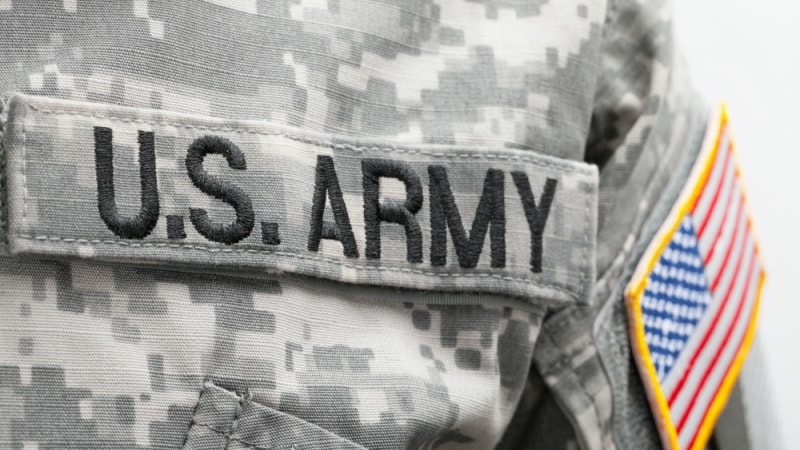
The U.S. Army’s Artificial Intelligence (AI) Task Force (AITF) is working on new tech to locate and identify potential battlefield threats in real time.
The project – dubbed Aided Threat Recognition from Mobile Cooperative and Autonomous Sensors (ATR-MCAS) – relies on an AI-enabled network of vehicle sensors that collect data on nearby obstacles and threats. Soldiers can access a feed of this data to generate better information recommendations and predictions.
“This project pushes the existing limits of artificial intelligence and machine learning used for image classification and autonomous navigation,” Lieutenant Colonel Chris Lowrance, AITF’s autonomous systems lead, said in a statement. “ATR-MCAS is different than existing autonomous system efforts because it is not limited to specific-use cases.”
Lowrance went on to explain that ATR-MCAS could be used for a wide range of operations, including reconnaissance, defense surveillance, and the verification of high-value targets.
After data is collected and identified by the sensors, the information is communicated to soldiers through a mobile network. It provides an aggregated view of the battlefield and can help soldiers prioritize which threats are most immediate.
“The more opportunities we take to collect good, realistic data, the more effective our systems will be in identifying and classifying similar objects in the future,” Lowrance said.
